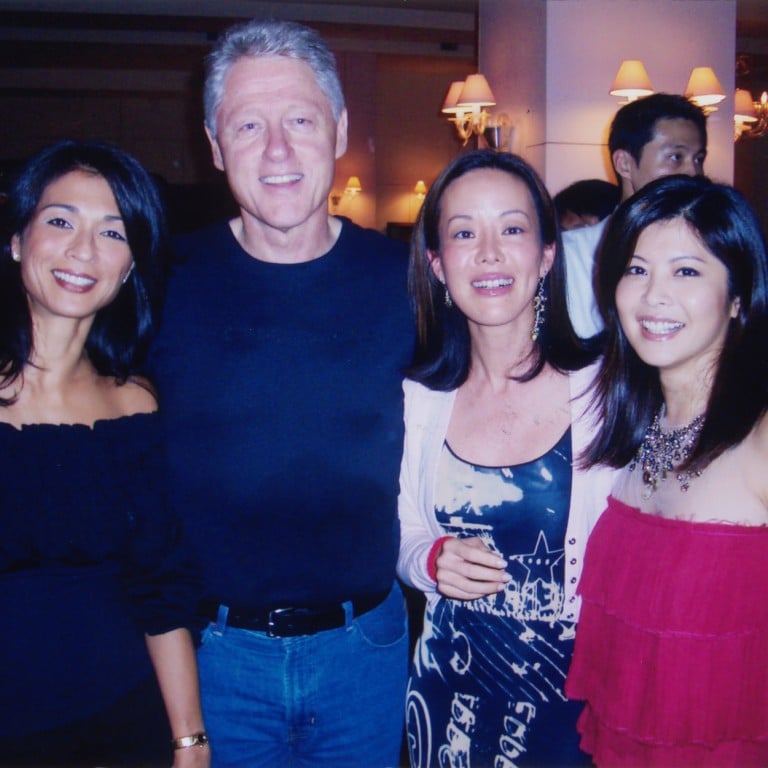
What Hong Kong’s luxury scene was like in the late 90s from those who lived it, and how it has evolved over the last 25 years
- Key players in Hong Kong’s fashion industry from brands like Chanel and Calvin Klein talk about the heady handover days and the city’s luxury fashion evolution
- In the years after the handover, the prominence of the city as a fashion capital and luxury retail centre only grew as money flooded in from mainland China
One of the glitziest Hong Kong handover parties in 1997 was held at the Regent Hotel (rebranded as the InterContinental in 2001, and back to the Regent this year). There were oysters, Boston lobster, 2,400 bottles of Moet & Chandon – all elements expected of one of the most significant nights in Hong Kong’s history. But there was also the style component. Those who had bought tickets – HK$2,500 for one night of revelry, HK$4,000 for two – were asked to consider their fashion choices.
On night one, when Hong Kong was still technically under British rule, guests amped up the colonial factor and appeared in garden party dresses, pearls, gloves, hats and even Viceroy-level regalia. But on July 1, before cultural appropriation was the hot-button issue it is today, it was suggested guests be dressed in Chinese garb – and they did, in stylish cheongsams and qipaos and Tang jackets.
As political theatre played out on the world stage, fashion played its part because in Hong Kong, fashion is always a factor. The city is full of serious haute-couture collectors and pristinely put-together socialites who shop for fun, abhor the idea of repeating their ensembles, and are in a constant game of one-upmanship with the socialite next door.
In the years before and after 1997, I bore witness to the manner in which people in Hong Kong worshipped fashion – and not just any fashion, but high-end luxury brands, the marques that at once conferred status and prestige. At the time, I was the fashion editor at large for the South China Morning Post, and my job involved a never-ending cycle of fashion shows – many of them overseas – boutique openings, launches, and dinners with French fashion moguls visiting the small but mighty city that had become such a force in their portfolio.
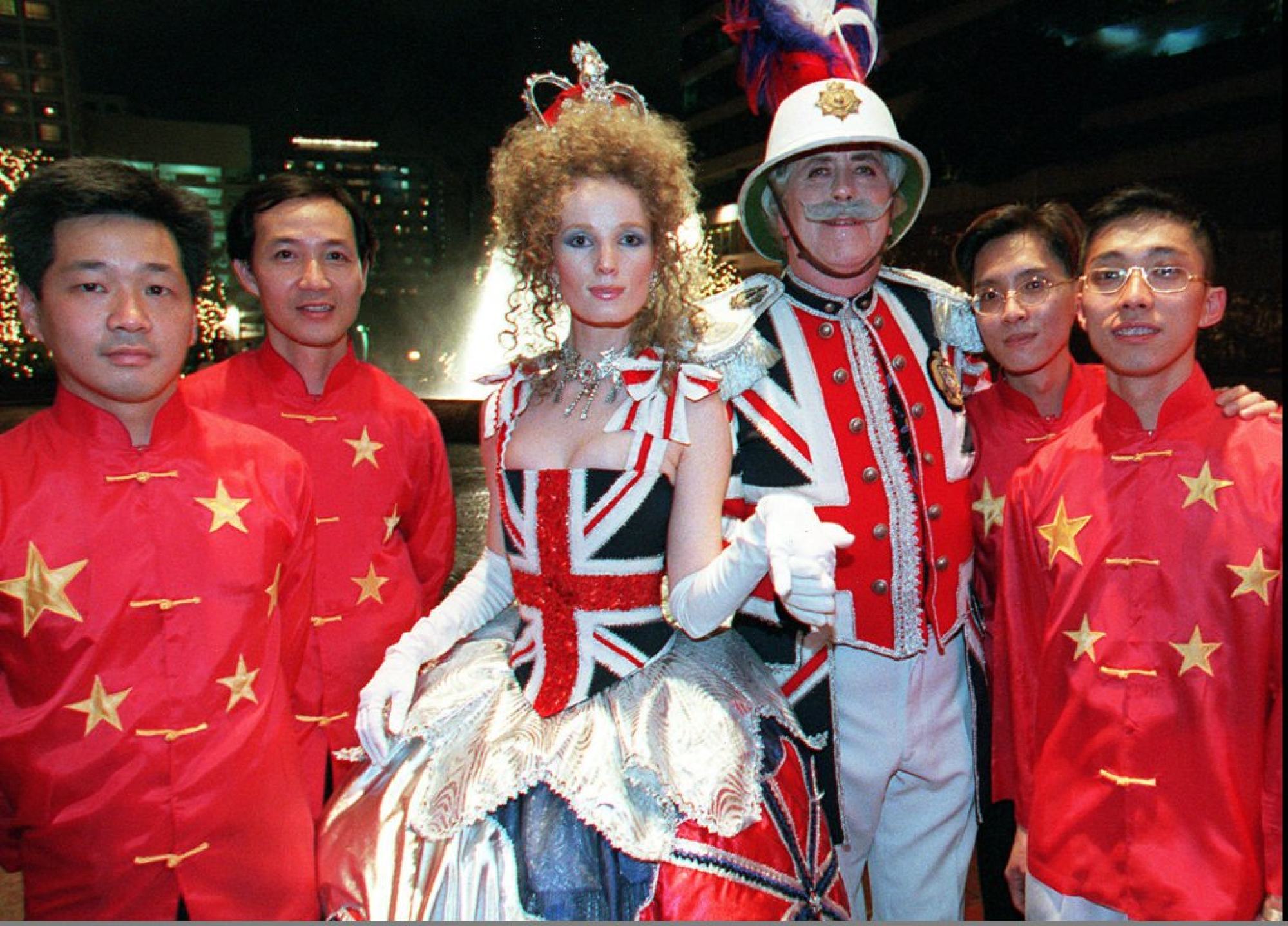
In the years after the handover, the prominence of Hong Kong as a fashion capital and luxury retail centre would only grow as money flooded in from mainland China.
“We were in a very cosy little bubble of thinking that we were big, and having no idea of what big really was,” says Claudia Shaw, who joined Chanel as external relations manager in 1996 and is now its head of style advisory for Asia-Pacific. “We had a few people on our fashion team for the region. Now, it’s in the hundreds. We had 50 sales staff in our stores. Today, one shop alone has 250 salespeople on rotation. It’s become something that was unimaginable in those days.”

Key fashion people from the Hong Kong of 25 years ago speak of the time with a mix of wistfulness and pride. It did feel like being part of a very exclusive club, with the same people – socialites, fashion executives, society and style journalists – moving from event to event, many on the same night, traipsing between the luxe retail hotspots of The Landmark, Prince’s Building, Canton Road, the Grand Hyatt and the Mandarin Oriental.
Tang witnessed – and may even have been somewhat responsible for – the gradual diversification of the retail scene from The Landmark and Prince’s Building in Central towards Pacific Place in Admiralty, Times Square in Causeway Bay and the Elements mall in Tsim Sha Tsui.

It was a time that gave birth to the rise of the megastore: emporiums of more than 10,000 square feet that, as it turned out, would eventually be able to house the growing band of mainland Chinese shoppers coming across the border, replacing – and outnumbering – the Japanese and Korean tourists who preceded them.
Tang remembers moneyed Chinese coming over in the early 2000s, lining up outside the stores she had opened, taking advantage of lower prices as a consequence of lower duties. Their spending power was such that Hong Kong-based designer Barney Cheng likes to joke that this was a demographic that was “really on steroids in terms of the level of consumption”.
How Prince William’s style has changed under Kate’s influence as he hits 40
Cheng has been at the forefront of the Hong Kong design scene since he returned to the city from Canada a few years before the handover. At the time he was one of only a handful of fashion designers working in the city, and his sophisticated global aesthetic, combined with a burgeoning consumer desire to work with local designers, led to him rapidly becoming the darling of the Hong Kong couture scene. He was even commissioned to create the gown that the city’s pre-handover first lady, Lavender Patten, wore as she accompanied her husband Chris, the territory’s last British governor, as they made their way out of the colony.
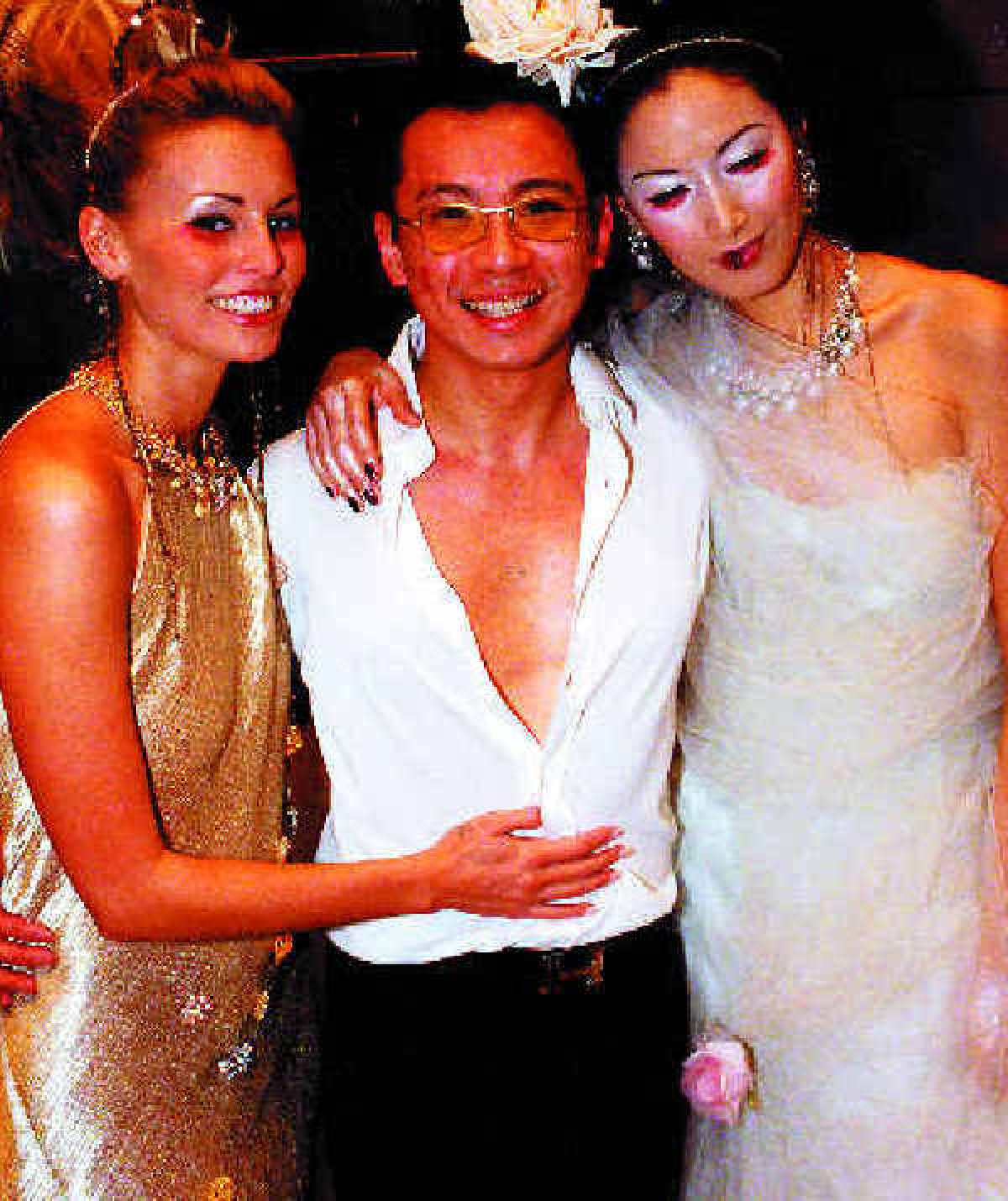

Cheng has found a way to adapt to the vagaries of retail, gliding through the ups and downs of life in Hong Kong which, in the past 25 years, have included Sars, the Umbrella Movement, a couple of recessions, widespread anti-government protests and, most recently, Covid-19. He is the go-to designer for corporate uniforms, such as the spectacular couture-inspired set he created for staff at the Morpheus hotel in Macau. He’s launched a jewellery line. He liaises with his clients on how best to outfit the interiors of their boats and planes, helping them with all their needs – like the couple who require 60 pairs of pyjamas per year to keep on their private jet.
“Hong Kong has changed, in that back then, everyone wanted to look the same, they all wanted to have their weddings and special events at the Grand Hyatt,” he says. “But now, there are more destination events, Hong Kong people are having their parties all over the world, and I get to advise them on all their design needs, instead of just making gowns.
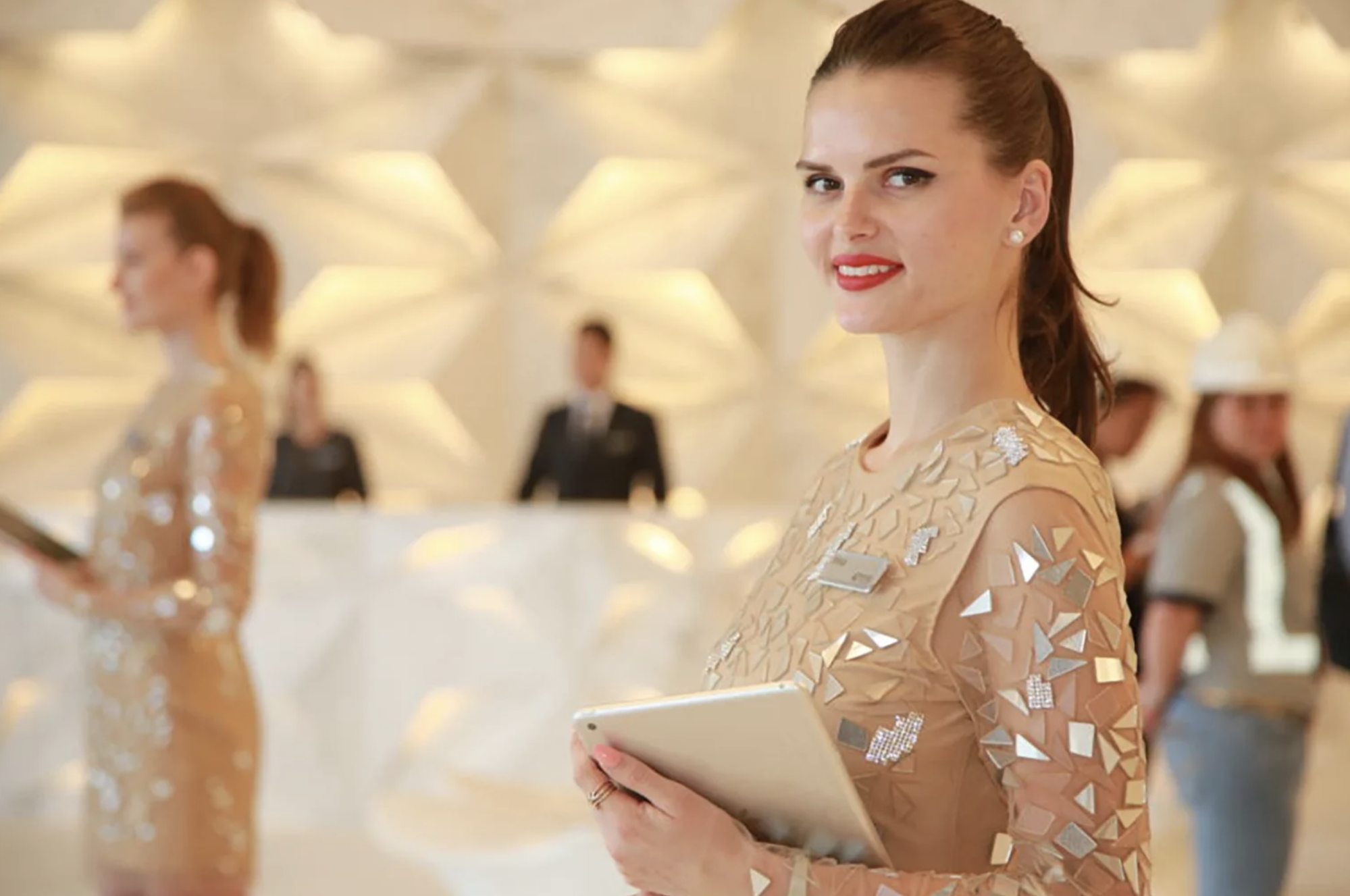
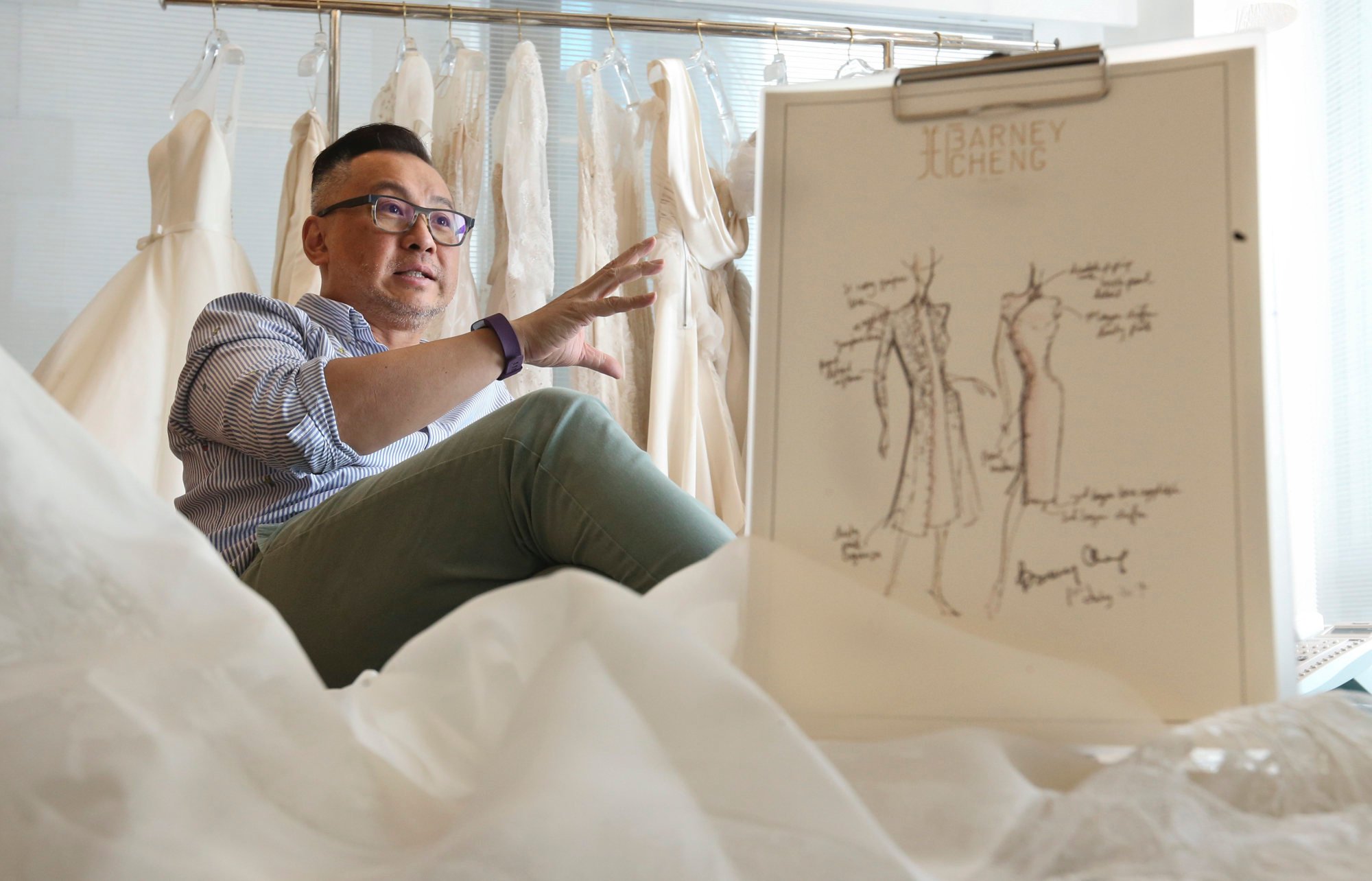
Still, it’s hard not to lament about the current state of play. While much of the rest of the world has opened up, maskless and with ever-decreasing mandates for Covid-19 tests and jabs, Hong Kong remains in a prison of its own making, fearful and tremulous, a collective state of mind that has brought the once-vibrant and social-heavy city to its knees.
“This atmosphere is not easy for anyone,” Tang says. “There are no activities, no parties, the brands can’t do events, there are restrictions on customers, retail is difficult to manage.”
The day before Tang and I talked, she had been to a small event hosted by a jewellery brand, a few women invited to come together to enjoy a bit of flower arranging.
“It was about connecting with customers, not connecting with sales,” she says. “Everything is collapsing, and people here don’t want to overspend, they want to save for themselves. What is the point of buying new clothes and handbags and jewellery when there are no parties to go to, when there is nobody to see it?”
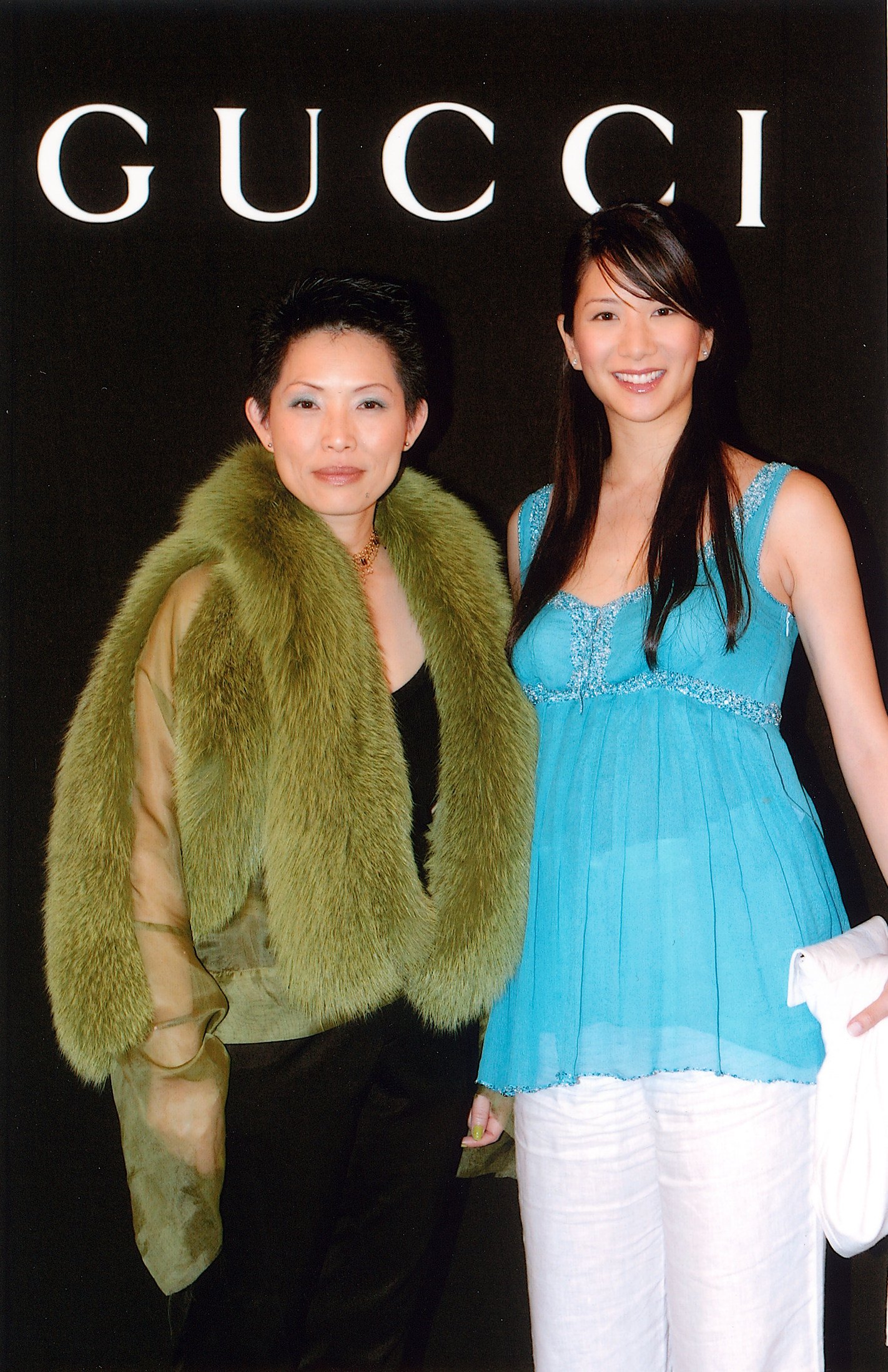
“We have such a strong brand heritage, such strong roots, and our clientele is very loyal,” she says. “I think a lot of brands previously were so focused on their mainland Chinese shoppers that Hong Kong shoppers were neglected, and in the last few years, we’ve been able to shift our focus back to them.”
She remains optimistic about the future and prefers to see this as a time of innovation.
“There’s always nostalgia, and each period was a wonderful period,” she says. “But life has changed, fashion always moves forward, and what worked then might not work now. We had a period of fantastic shows and parties, and now we are all stepping back, asking ourselves what we will do next.”
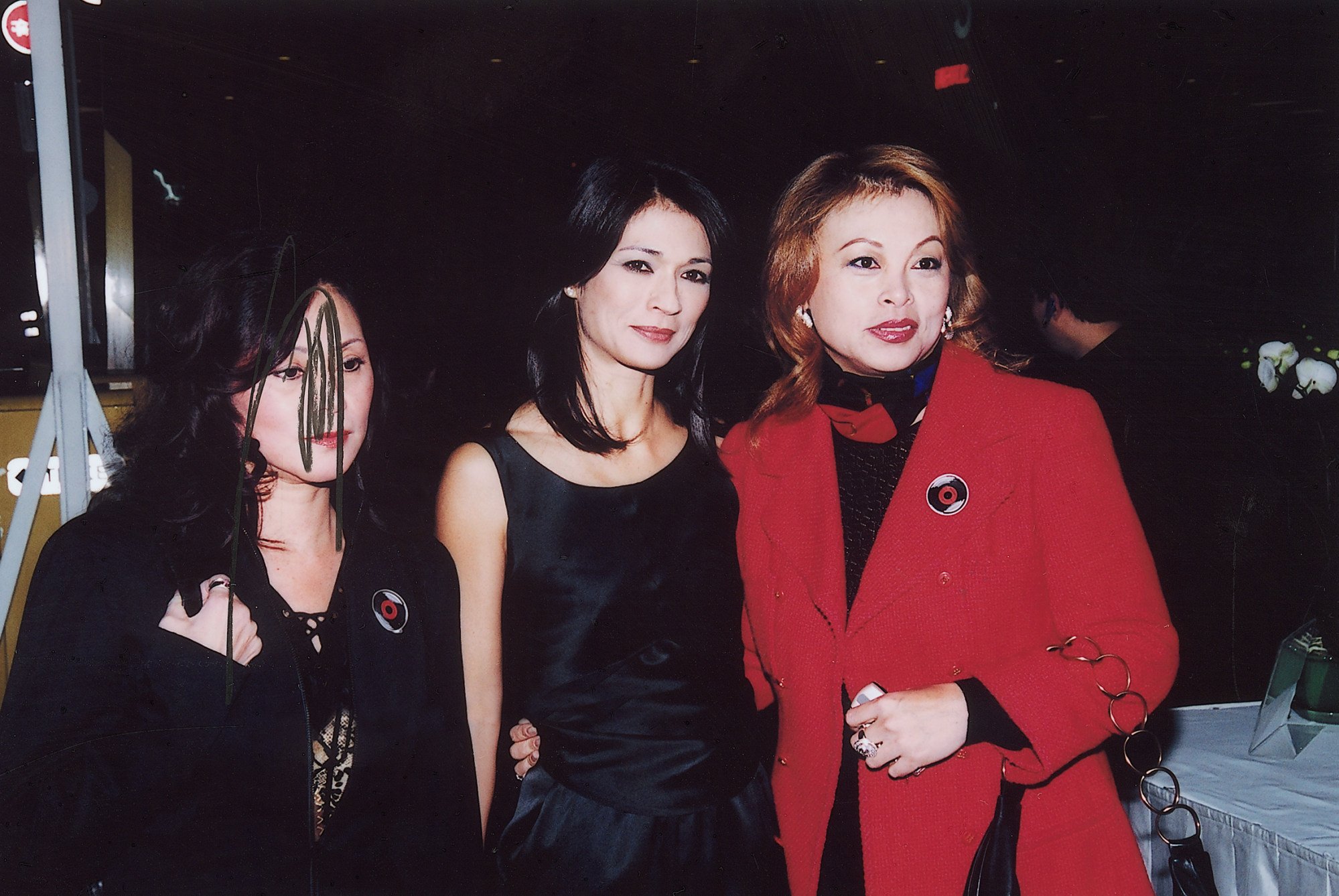
Bonnae Gokson takes the same view, occasionally looking back with a little wistfulness. Now the owner of Ms B’s Cakery and restaurant Sevva, she was previously at the centre of the luxury retail universe at Joyce, the fashion store founded by her sister Joyce Ma, and Chanel.
“People here love glamour, and it’s not about just going to parties,” she says. “Wherever they went, to a cafe or restaurant or just to see each other, it was a scene, it was elegant, there was so much finesse.”

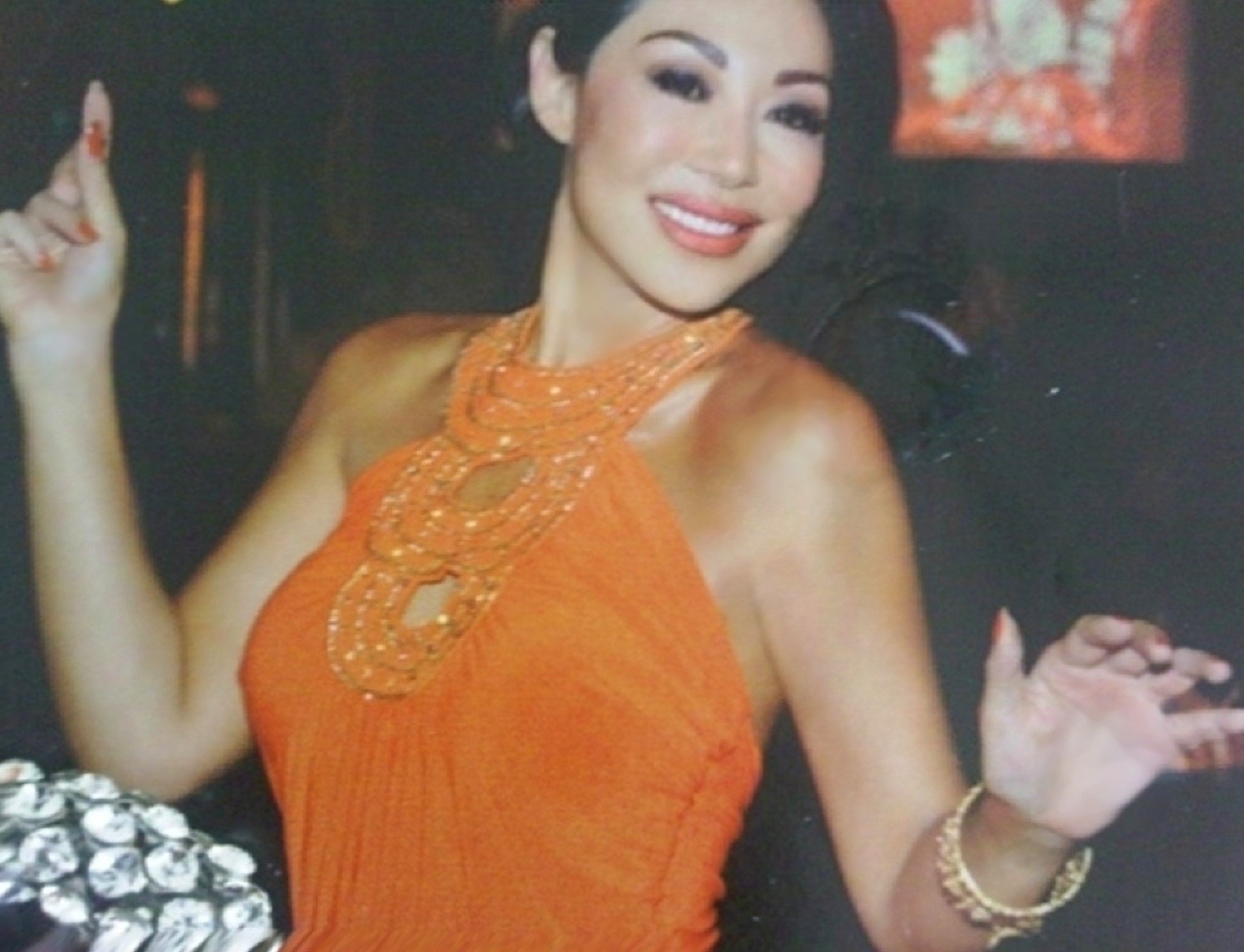
These days, with no extraordinary fashion parties or shows to either organise or attend, Gokson says she continues to “surround myself with beautiful things”. She will meander through a local flower market, play with swirls of ribbons in a Sham Shui Po store or browse through hip little retail nooks in Sheung Wan, marvelling at “just how many sweatshirts and sneakers people need”.
“I hold on to those beautiful memories of Hong Kong back then, and I tell myself to be happy that I lived that life,” she says. “But we have to keep believing in the future, one day at a time.”

